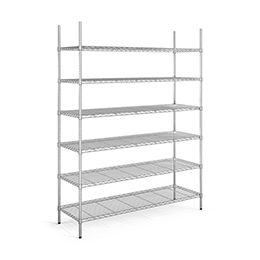The ABCs of selecting the right safe
A: Which valuable items do you want to protect? B: How large does the safe need to be? C: Where would you like the safe to be located?
Which valuable items do you want to protect?
- Private use (for example: jewellery, cash, insurance policies)
- Commercial use (for example: cash, balance sheets, vehicle registrations and licenses, important keys and data media)
Take a moment to make a list of all the things and/or documents you would like to protect in your safe. Plan for valuable items you may want to include in the future as well. You may be surprised at how much more space is required than initially assumed. Security class, burglary protection and fire protection are also important points to consider in selecting the right safe. Losses and damage from fire can be enormous. The loss of certain documents due to fire can even jeopardise a company's existence. It is thus very important to take this into account before selecting a safe.
Fire protection
In addition to burglary protection, consideration should also be given to the importance of certified fire resistance - regardless of whether for private or commercial use. It is advisable to determine if lighter fire protection such as LFS30P to European standard prEN 15659 is sufficient, or if higher levels of fire protection such as S60P, S120P, S60DIS or S120DIS to European standard EN 1047-1 are required. All fire protected safes are fitted with the appropriate filling materials and special seals.
Safes are burned at up to 840 °C for 30 minutes in the LFS30P test. During this phase of testing, the maximum temperature increase inside the safe may not exceed 150 °C (not suitable for types of paper where data is lost at less than 170 °C). The safes are removed from the oven after burning, and at this point the test is finished.
In the test for S60P, S120P, S60DIS and S120DIS to EN 1047-1, the safes are burned for 1 or 2 hours at up to 1090 °C and they are also subjected to a drop test from a height of 9.15 m (to simulate collapse of ceiling). In this test, the safes are left in the oven until the cooling phase is complete. This can take up to 24 hours. S60P and S120P - During the burning phase and subsequent cooling phase the internal temperature of the safes may not exceed 170 °C, as compared to the starting temperature of 20 °C, at any of the measuring points. For safes with S60DIS or S120DIS, the internal temperature at the beginning of the test is 20 °C. This temperature may not exceed the threshold value of 50 °C during the burning period of 1 to 2 hours, or during the subsequent cooling phase (this is the physical limit for magnetic and optical data media). A relative humidity level of 85 % may not be exceeded during the entire duration of the test.
Where would you like the safe to be located?
Wall safes
Wall safes offer very good burglary protection, but it is important to note that the corresponding insurance classification can only be guaranteed if the safe is encased on all sides with 10 cm of concrete. This may pose a problem when selecting a safe which is deep enough for the storage of files. In this case, a safe with sufficient height and width should be selected.
Built-in furniture safes
These safes can be anchored to the back wall or in the base of a cupboard, as long as they do not have an empty weight of more than 200 kg (for private use) or 300 kg (for commercial use).
Free standing safes
Compared to wall safes and built-in furniture safes, these safes generally have significantly higher storage capacity. This category also includes weapon cupboards, office safes, document safes and fire protected cupboards.


























